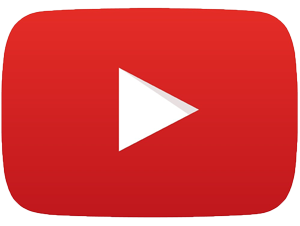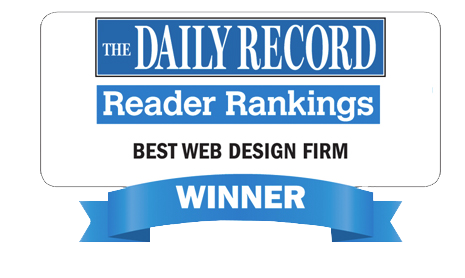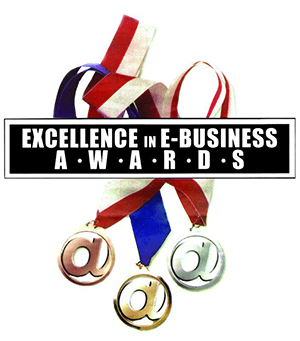How to Improve Blog Readability in 10 Easy Steps

Improve blog readability and increase your audience by following these ten steps.
If you are using a blog to promote your business, services, or personal brand, your blog will not serve you well if it is too forbidding to casual readers. This means you have to take measures to maximize your blog readability to reach your largest audience. If your blog content is too complicated or too dry for a casual reader to understand and enjoy, that person will not return to your site. When improving blog readability, the following steps will serve you well.
Write for an 8th-Grade Reading Level
Writing your blog content at this level is a guaranteed way to ensure that the majority of your readers will understand your content. The only exception to this rule is if you are writing highly technical blogs directed towards a technical, highly-informed audience.
Use Simple Sentence Structure
The more you use punctuation such as colons, semicolons, em-dashes, and commas, the more difficult your sentences are to understand and follow. You can help improve your blog readability by revising your content after writing and asking yourself if you can simplify complicated sentences into a few shorter, simpler sentences.
Use Shorter Sentences
If a sentence can be broken into two sentences, break it. Keeping sentences short keeps your thoughts concise and gives your reader’s brain a break.
Use Varied Sentence Structures
Although short and simple sentences are preferred, sentences should not sound identical. You can keep your blog from becoming monotonous by mixing up sentence structure and length.
Use a Conversational Tone
Remember that you are writing for your blog and not a professional journal. Your blog doesn’t need to be professional and cold, but in fact, should take advantage of the intimacy which blogs can build between writer and audience. Writing in a friendly, conversational tone will help establish this personal connection.
Use Shorter Paragraphs
Blog paragraphs are typically shorter than paragraphs we may see in a book or scholarly essay. This is because shorter paragraphs improve blog readability by concisely conveying thoughts.
These short paragraphs also make the blog look less intimidating to read. If someone finds your blog and sees long blocks of text, they will most likely decide that they don’t have time to read your complicated blog.
Use Large Fonts
The font size in your blog text should be large enough to be readable by a general audience. The recommended size is 16 point font, with headers and titles being larger. This not only makes your content accessible but again indicates to the reader that this content will be a quick and easy read.
Use Headers
You can break up text sessions and transition readers into your next idea with section headers. Numbered lists and bullet points also help to improve readability and draw attention to important ideas you want to convey.
Add More Pictures
Including relevant, entertaining, and informative pictures in your blog post will help engage your readers. These pictures also show up in search engine results, which increases the number of readers directed to your page.
Write With Feeling
Passionate writing will attract passionate readers. No one wants to read a blog that sounds like a robot wrote it! If your writing seems bland or detached, this may turn away readers. Writing with passion for your topic both improves blog readability and helps the content emotionally connect with people.
Contact Adventure Web Interactive Today
For more tips on how to optimize your web content and drive more traffic to your Facebook page, follow our blog. Adventure Web Interactive offers expert marketing solutions, including blog and copywriting and social media management. Take the stress of planning, posting, and plotting off of your team and contact us online or by giving us a call at (410) 788-7007. To see more information about our team and services, follow us on Facebook, Twitter, YouTube, and LinkedIn.


















